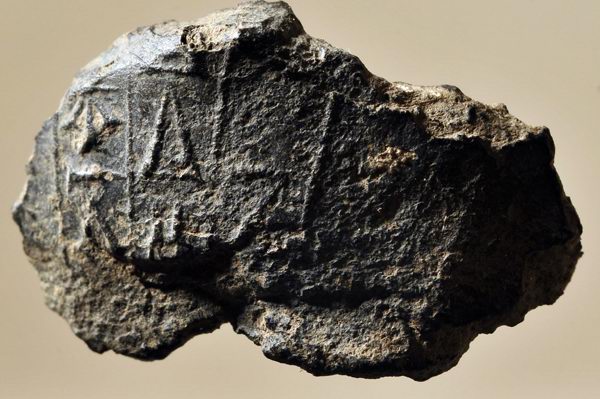OF THE
TIMES
Today as never before we need to comprehend the course, logic, and path of the process of history. Every day we need to make decisions that will affect future generations. It has become obvious that no single nation, confession, social class or even civilization can solve these problems on its own. We increasingly have to listen to one another: Europe and Asia, Christians and Muslims, White and Black peoples, citizens of modern democratic states and places where traditional society survives. The key is to understand one another correctly, avoid hasty conclusions, and acquire the true spirit of tolerance and respect toward those with different value systems, habits, and norms.
Another SOTT commenter linked David A. Hughes book “ Covid-19,” Psychological Operations, and the War for Technocracy, about the propaganda and...
American instructors began training Ukrainian troops in April 2022 Ah, I see now why they're getting smoked. The Russians learn how to fight, the...
The travesties of the Trump trials US political system and establishment This is how I would phrase it. Trump is just another comedian in office,...
Studies suggest that the more reality TV people watch — and I would posit that it's all reality TV, entertainment news included — the more...
May I point out one simple thing, I would support the Taliban long before I’d support more genocidal perverts in the English aristocracy. i have...
To submit an article for publication, see our Submission Guidelines
Reader comments do not necessarily reflect the views of the volunteers, editors, and directors of SOTT.net or the Quantum Future Group.
Some icons on this site were created by: Afterglow, Aha-Soft, AntialiasFactory, artdesigner.lv, Artura, DailyOverview, Everaldo, GraphicsFuel, IconFactory, Iconka, IconShock, Icons-Land, i-love-icons, KDE-look.org, Klukeart, mugenb16, Map Icons Collection, PetshopBoxStudio, VisualPharm, wbeiruti, WebIconset
Powered by PikaJS 🐁 and In·Site
Original content © 2002-2024 by Sott.net/Signs of the Times. See: FAIR USE NOTICE

Reader Comments
to our Newsletter